Day 1 : Rishikesh to Joshimath
- The group will assemble at the pickup point at 06:00 AM. Afterward, you'll be introduced to the whole group and a small briefing session would also be provided.
- On our journey from Rishikesh to Joshimath, we’d be traversing the Badrinath road with a picturesque view of the four confluence of the Ganga river, which include Devprayag, Rudraprayag, Karnaprayag, and Nand Prayag.
- You’d also be seeing the Alaknanda river flowing alongside, making your long journey ten times better.
- Upon reaching Joshimath, we will have dinner and spend the night at our designated hotel.
Note: The pickup point is Rishikesh ISBT (tentative).
Day 2 : Joshimath to Pulna | Trek to Ghangaria
- After early morning breakfast, a small briefing session would be provided where all the necessary details about the Valley of flowers trek would be shared. After which, we will head towards Pulna which is the starting point of this trek.
- Upon reaching Pulna, which is 22 kilometers from Joshimath, we will start trekking towards Ghangaria village which is nestled at an altitude of 9,800ft. It takes almost five hours to reach the campsite and you are walking along the river for the most of the trek. Dhabas and shops line the trail, making it easier for trekkers to refill their water bottles and get refreshments as well.
- The trail soon becomes tabular, signifying that you are about to reach your destination. Upon reaching Ghangaria village, we will stay in the village and have dinner before retiring for the night.
Day 3 : Ghangaria to Valley of flowers | Back to Ghangaria
- Post breakfast, we'll head towards Valley of flowers national park. All the necessary details about the trekking trails for the rest of the day will be shared by the trek leader
- The trekking trail from Ghangaria is long and you attain a significant amount of altitude as you go from an elevation of 9,600 ft to 11,500 ft and yet the trek is relatively easier because of the flat walk.
- Upon reaching the forest check post, you will get tickets to enter the valley and from there on you will get to witness the beauty of more than 300 species of bloomed flowers in front of you. The valley stretches up to 6-7 kilometers of land ending with a glacier.
- Since camping isn’t allowed and neither is eating, after spending a considerable amount of time relishing in the beauty of nature, we will head back to Ghangaria where we will have dinner and stay the night.
Day 4 : Ghangaria to Hemkund Sahib | Back to Ghangaria
- After breakfast we will head out for a trek to the Hemkund Sahib, which is the world's highest Gurudwara. You gain an altitude of 4,000ft in just seven hours.
- The trail is steep and consists of a stone-paved uphill route making this part of the trail harder to walk upon. However, some porters and mules will offload your baggage for you, and shops lining the trail make it easier for you to get refreshments as well.
- Upon arrival, we will pay our respects at the Hemkund Sahib Gurudwara and visit the Hemkund Sahib Lake as well. You will get to glimpse at the Saptarishi peaks and experience the spiritual peace in the premise.
- Sip on hot piping chai and devour the khichdi that is served in the Gurudwara. Afterward, we will descend to Ghangaria again where we will spend the night after having dinner.
Day 5 : Ghangaria to Pulna | Drive to Joshimath
- After early morning tea and breakfast, we will prepare for our descent to Pulna.
- The descent is the easiest part of the trek and soon you will reach the base. From here on we will drive back to Joshimath.
- Upon arrival, we will check into our designated lodgings where we will have dinner and spend the night.
Day 6 : Joshimath to Rishikesh
- Post breakfast, we will start the return journey to Rishikesh and will reach there by evening.
- The group will disassemble and part their ways with fond memories.
- End of tour.
The Valley of Flowers Trek is nestled in the vicinity of the Nanda Devi Biosphere Reserve and its multitude of blooming flowers covering the vast expanse of land makes the valley of flowers one of the most beautiful Himalayan treks our country has to offer.
Stretched to an expanse of 87.5 square kilometers with an altitude of 15,200ft, the valley of flowers trek is popular among all kinds of trekkers. The sheer beauty that the rich biodiversity offers attract many avid nature lovers and the steep ascents and descents allow trekkers to relish in the experience of commencing this Himalayan trek and ticking it off of their bucket list. With the Hemkund Sahib awaiting on the other side of the trek, many pilgrims embark upon the valley of flowers trek as well.
Being one of the oldest known treks, The valley of flower trek came on every trekker's radar all over the world when it was declared a world heritage site by UNESCO in 2002. The valley is home to more than 520 species of flowers that come together to form a tapestry of colors in front of you with dominating shades of pink, blue and purple. The valley of flowers national park is located in the Chamoli district of Uttarakhand and along with being home to a diverse range of flora, it is also home to many endangered animals including snow leopard and red fox.
Nestled at an altitude of approx 12,000ft, The Valley of Flower National park along with Nanda Devi National park come together to form a transition zone between the mighty Himalayas and the Zanskar range of mountains.
The valley of flowers trek comes under the easy to moderate category when it comes to grading the difficulty level and is considered to be a perfect trek for beginners and even a great trek for families. The hardest climb is the one to Hemkund Sahib Gurudwara which is the highest Gurudwara in the world and one of the most important pilgrim sites in Uttarakhand.
The valley itself stretches to a length of almost 10 kilometers, with colors of rainbows speckled across the patchwork of grass, compelling you to stop and look at them closely. The scent of flora lingers in the air and is hard to miss as you keep traversing through the valley, walking on the narrow path that cuts across the flower beds to make way.
| Land Package | |
|---|---|
| Triple Occupancy | 10500 / Person |
| Double Sharing | 11499 / Person |
- Accommodation: 2 Nights Accommodation in a hotel in Joshimath. 3 Nights Accommodation in a hotel in Ghangaria.
- Transportation: Surface transfer from Joshimath - Pulna - Joshimath.
- Meals: All veg meals from day 1st lunch to day 6th breakfast.
- Snacks: Morning / Evening Tea / Coffee with light snacks.
- Trek Leader: Qualified and Experienced Trek leader and support staff.
- Permits: All necessary fees and permits.
- Safety Equipment: Basic First Aid kit with Oximeter and Oxygen Cylinder and stretcher.
- Guide ratio: 1:10
- Any expenses of personal nature.
- Meals during transit.
- Insurance of any kind.
- Any fees and permits (For Foreigners).
- Unscheduled delay due to a landslide.
- Cost Escalation due to “Force Majeure and Evacuation charges”.
- Anything not mentioned explicitly in the above program.
- Lip Guard
- Cold Cream
- Toiletries
- Hand Sanitizer
- Power Bank
- Mobile Charger/Travel Charger
- Water Bottle
- Torch
- Personal Medication
- First Aid Kit
- Slippers
- Undergarments
- Raincoat/Poncho
- Mosquito & insect repellent
- Hiking shoes
- Fleece jackets and thermals
- Extra pair of socks
- Back pack (50-60l)
- Toilet paper & wipes
- Caps
- Warm clothes
The Valley of Flowers trek gradient ranges from easy to moderate. The treks from Govind ghat to Ghangariya, Ghangariya to Valley of Flowers, and Hemkund Sahib are all well-defined man-made paths which makes it an easy trek. If you feel that the trek is difficult, you can always hire a pony or a Dholi and complete the trek, at an additional cost. However, we encourage you to complete the trek by foot to experience the beauty of the trail entirely.
The Valley of Flowers is endowed with 520 species of high altitude plants including angiosperms, gymnosperms, and pteridophytes, of which 498 are flowering plants. Flowers that carpet the meandering meadows of Valley of Flowers include Orchids, Poppies, Primilas, Marigold, Daisies, Geranium, Petunia, Sediams, Lilies, Calendula, Zinnia, and several others. The sub-alpine forests of birch and rosy rhododendrons besiege the parking area spreading the riot of colors in Valley of Flowers.
There is no ATM facility available in Ghangariya. There are ATM facilities available in Joshimath, however, they too run out of cash very often. We recommend you withdraw the required amount at Rishikesh or while traveling to Rishikesh.
There is no network in the Valley of Flowers trail, you will only find mobile connectivity only until Govind ghat base camp. Network connectivity and internet can be found in Auli. There is no connectivity in Ghangariya, Valley of Flowers, or even Hemkund Sahib.
Don’t worry, you’re not alone. A lot of trekkers have motion sickness, there are few simple tricks to prevent this: Take one Avomin an hour before the journey starts Sit at the window seat in the TT and avoid sitting on aisle seats, preferably sit in the first two seats at the front Avoid eating heavy fried food before travel, eat light this helps keep motion sickness at bay Avoid reading a book or reading something on your Kindle while traveling. Instead, listen to music or use this time to catch up on some sleep Note: It is advised to get a Doctor’s opinion on the usage of Avomin before the trek
We do not recommend anyone to bring a trolley bag as it takes a lot of space. And from the parking place to your room you need to carry your own luggage so it won’t be convenient with trolley bags.
The Valley of Flowers is located in the Chamoli district of Uttarakhand, India, in the Garhwal region of the Western Himalayas.
The starting point of the Valley of Flowers Trek is usually Govindghat, a small town in Uttarakhand.
Some essential items to carry for the Valley of Flowers Trek include trekking shoes, warm clothing, rain gear, a backpack, water bottles, a sleeping bag, a first aid kit, sunscreen, sunglasses, a hat, and a flashlight.
Basic medical facilities may be available at Ghangaria, the base camp of the trek. However, it is advisable to carry your own first aid kit and any necessary medications.
Camping is not allowed inside the Valley of Flowers National Park.
Yes, you can do the Valley of Flowers Trek solo. However, it is recommended to have some prior trekking experience, carry necessary equipment, and inform someone about your plans and expected return.
Yes, it is generally safe for solo female travelers to do the Trek. However, it is important to take necessary precautions, such as informing someone about your plans, trekking with a reputable group or guide, and being aware of your surroundings.
The Valley of Flowers itself is the main attraction, with its vibrant display of alpine flowers. Other attractions include the Pushpawati River, waterfalls, and the stunning backdrop of snow-capped peaks.
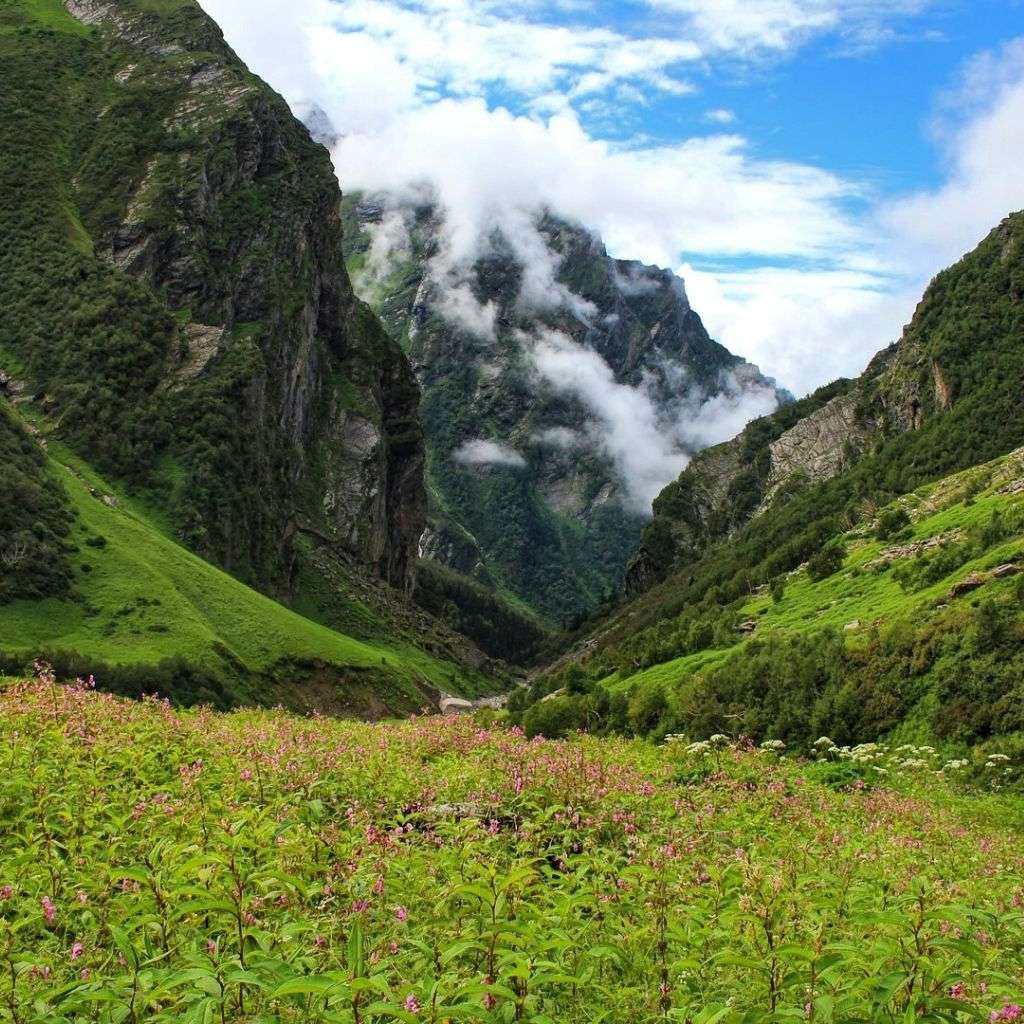
.jpg)


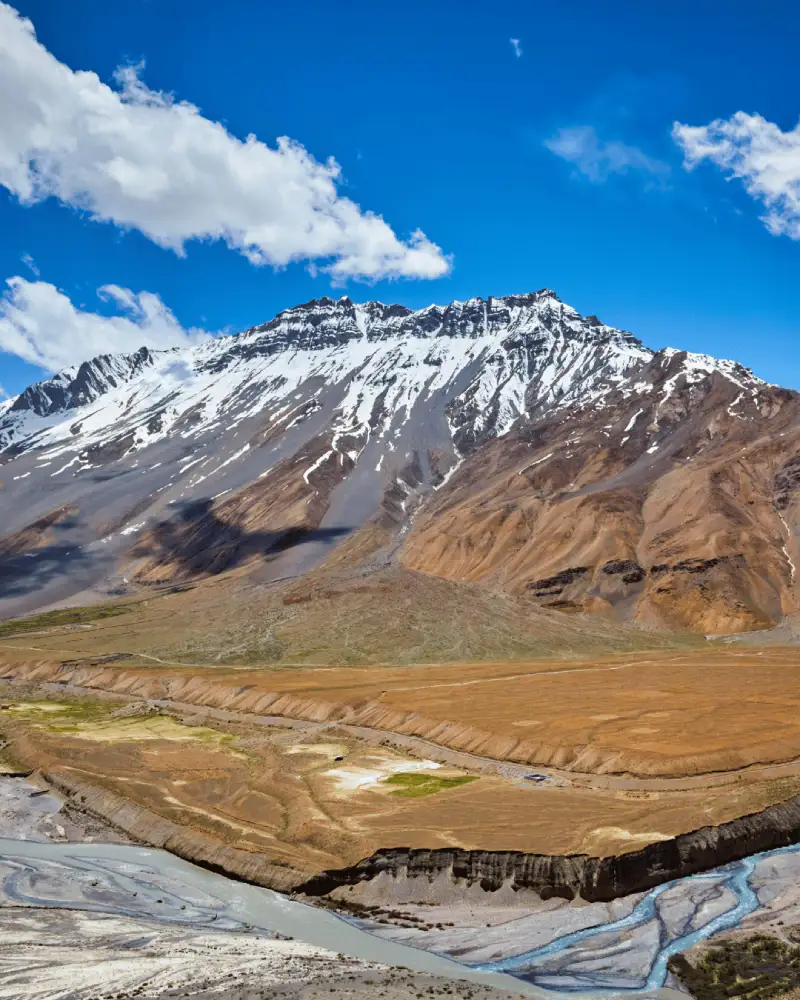



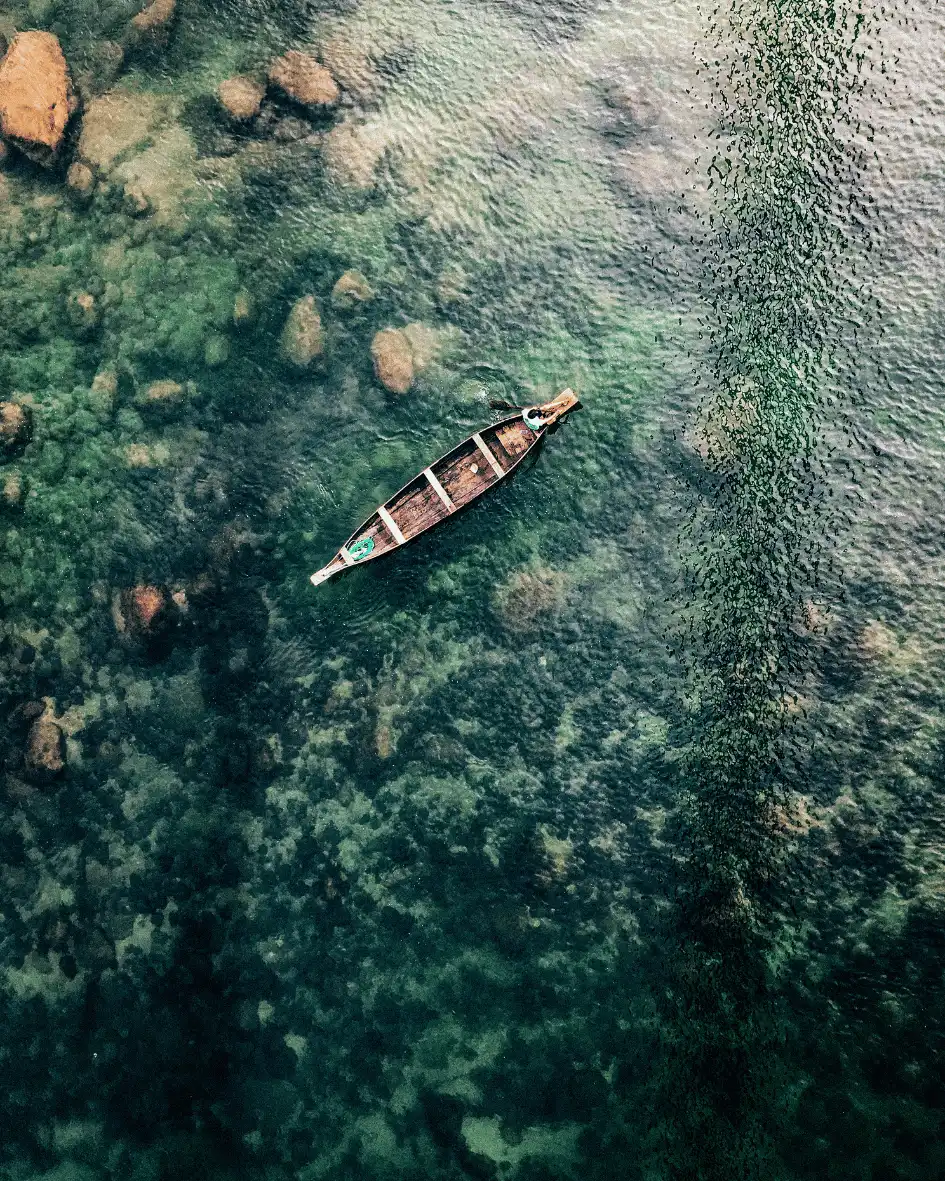










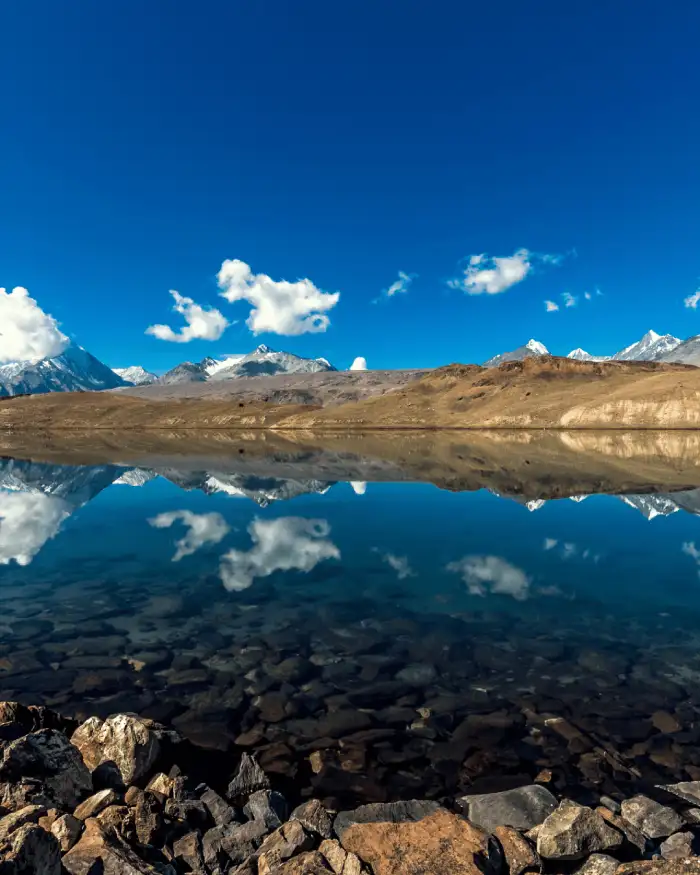





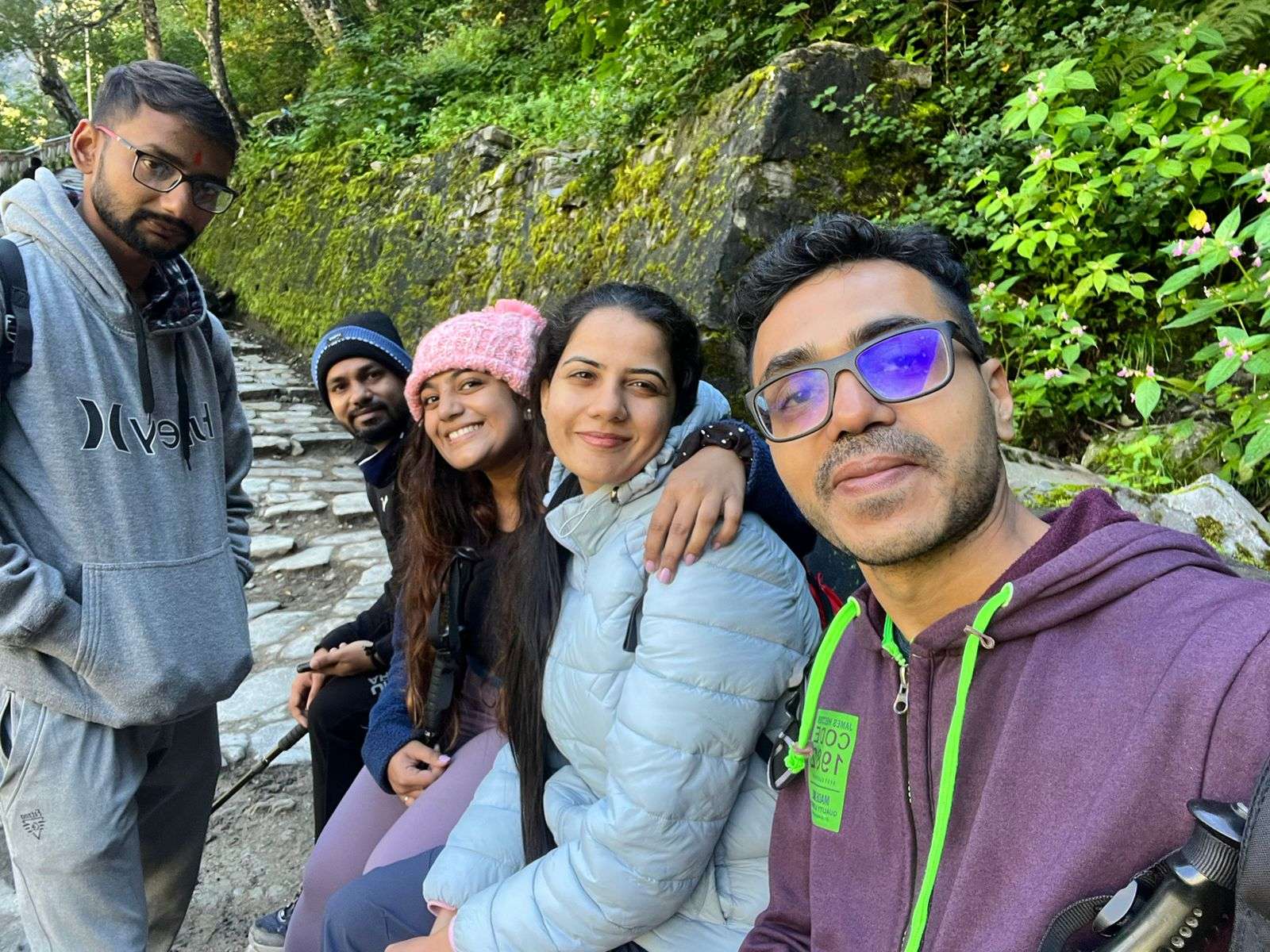
.jpeg)










